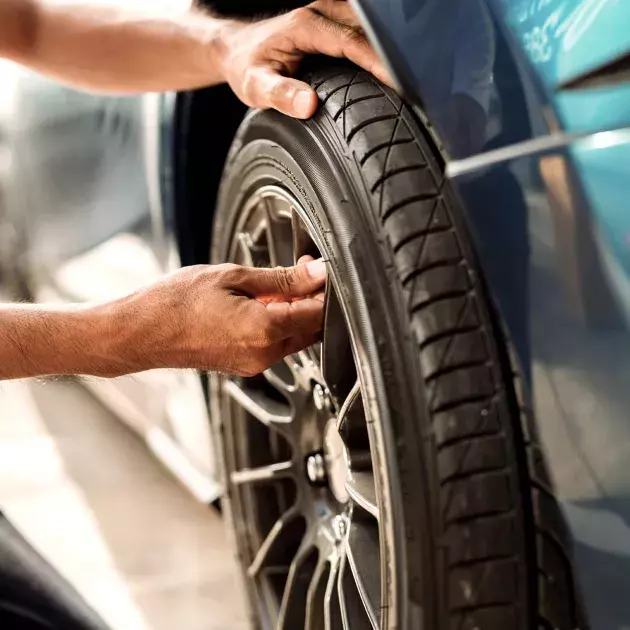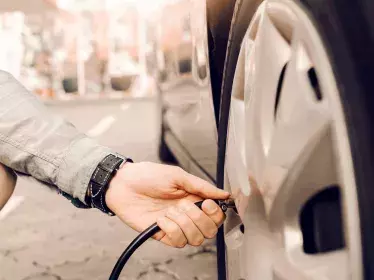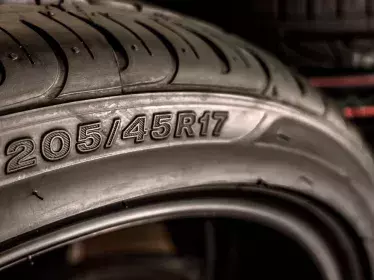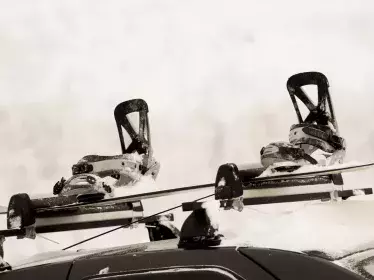It is important to maintain your vehicle throughout the year. That said, there are times that are more important than others. Such as summer, before you go on holiday. Or before winter to prepare for the cold.
P - WYSIWYG - Alignment Left
Before summer
Summer obviously means going on holiday. It is therefore important to check your vehicle. It will do several thousand kilometres in two or three weeks, also under load. Here are the points to check:
- Check your papers: they may be checked during your journey. Therefore, make sure that you have all the necessary documents such as the registration certificate, the certificate of conformity, the insurance certificate, as well as the technical inspection certificate. Also check the service due date by assessing the kilometres you are going to drive. It is better to plan ahead and therefore carry out maintenance before departure rather than afterwards. Also remember to check your breakdown or accident cover (travel assistance and breakdown recovery).
- Check the levels: now is the time to check all levels: oil, brakes, coolant. Many garages offer these checks for just a few euros. It's probably worth it. In the summer, there are many insects around and visibility must remain good. Also remember to top up with 'summer' windscreen wash so you don't end up running out.
Image
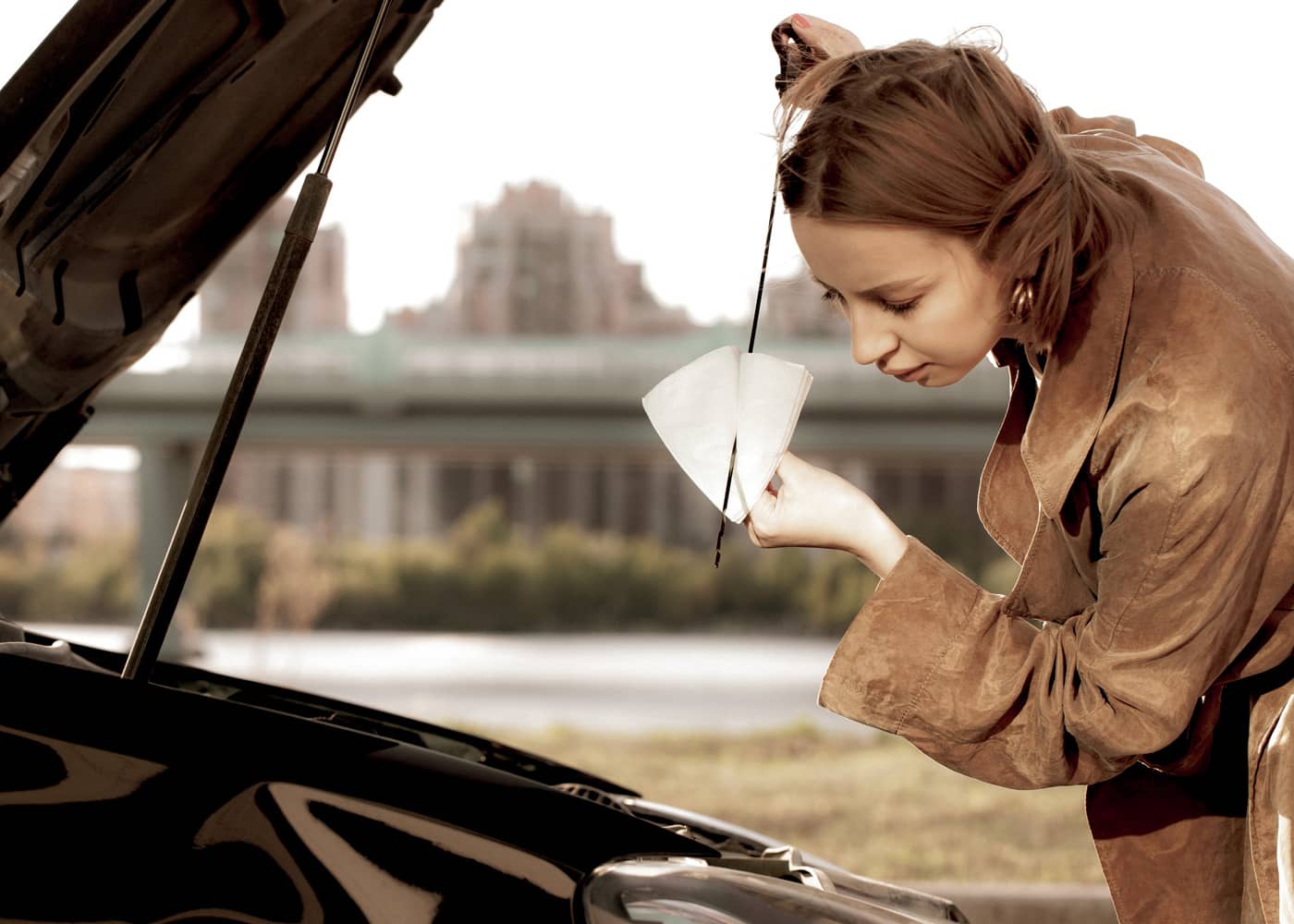
- Check the condition of the windscreen: it is advisable to check the windscreen and note any impacts or cracks. With air conditioning, these imperfections could lead to larger cracks. The opposite is true in winter, too, with heating. If the impacts are repairable, the same does not apply to cracks that require windscreen replacement.
- Check the air conditioning and cabin filter: in summertime, the air conditioning is often operating at full capacity. It also requires maintenance such as recharging of refrigerant gas and replacement of the pollen filter, which prevents allergenic agents. A regular check is therefore recommended, at least every two years. This maintenance costs around 100 euros.
- Check your tyres: Good tyre condition is essential since they ensure 50% of the road handling. So, check their pressure, which in general should also be increased when travelling at full load. The manufacturer's instructions will tell you everything you need to know about this. A label in the filler cap flap or inside the passenger door gives you the pressure values recommended by the manufacturer.
- Remember safety equipment: Make sure you have a triangle, fire extinguisher and safety vest. The vest should be close at hand, as should the fire extinguisher. The triangle can be located in the boot, but should be easily accessible. In some countries a safety vest must be provided for each passenger.
P - WYSIWYG - Alignment Left
Before winter
Before the cold weather arrives, you will also need to carry out a few checks on your car in order to cope with the winter season. Here are a few things to check.
- Ensure visibility: in winter, seeing and being seen is absolutely essential. Consider replacing defective bulbs and even changing bulbs (classic or halogen bulbs) that are more than 5 years old. They will have already lost 30% of their efficiency. Also remember to replace the wiper blades, especially if they are two years old or older. To make your headlights more efficient, it is also advisable to polish polycarbonate headlamps, which tend to become opaque over time. This service can be carried out at a body shop or at one of the major car brands. Finally, be sure to keep the interior clean: remember to clean the windows as they get dirty over time due to condensation.
Image

- Change your tyres: whatever the season, tyres are essential for safety. The rule requires them to be changed when the tread depth is only 1.6 mm. But be aware that this is a real limit and that in the event of an emergency in wet conditions, grip will already be reduced for most tyres. For rubber wider (more than 20 cm wide), it is advisable not to descend below 3 mm. If you have the means, opt for summer tyres in summer and winter tyres in winter. If you don't drive very much (less than 10,000 km per year), 4-season tyres are an interesting solution, as they offer better water drainage and real winter capacities (snow, ice). After 6 years, a tyre will have lost its elasticity completely. They will therefore need to be replaced, even if the tread is still compliant. Please note: winter tyres (with the mountain logo with the snowflake) are compulsory during winter conditions in our German and Luxembourg neighbours. Suitable tyres or winter equipment in the boot (chains) have also been compulsory since 2021 in a large part of France (north-east, east, central, south-east and south-west).
- Check the shock absorbers: The shock absorbers not only contribute to comfort, but also – and above all – to the maintenance of the bodywork and thus to road handling and braking capabilities. It is therefore important to check their condition beyond 100,000 km.
- Check the battery: it is always in winter or in very cold weather when the battery gives up. After 5 years, it is advisable to replace it as a matter of course, as it is only a matter of weeks before it gives up the ghost.
Image
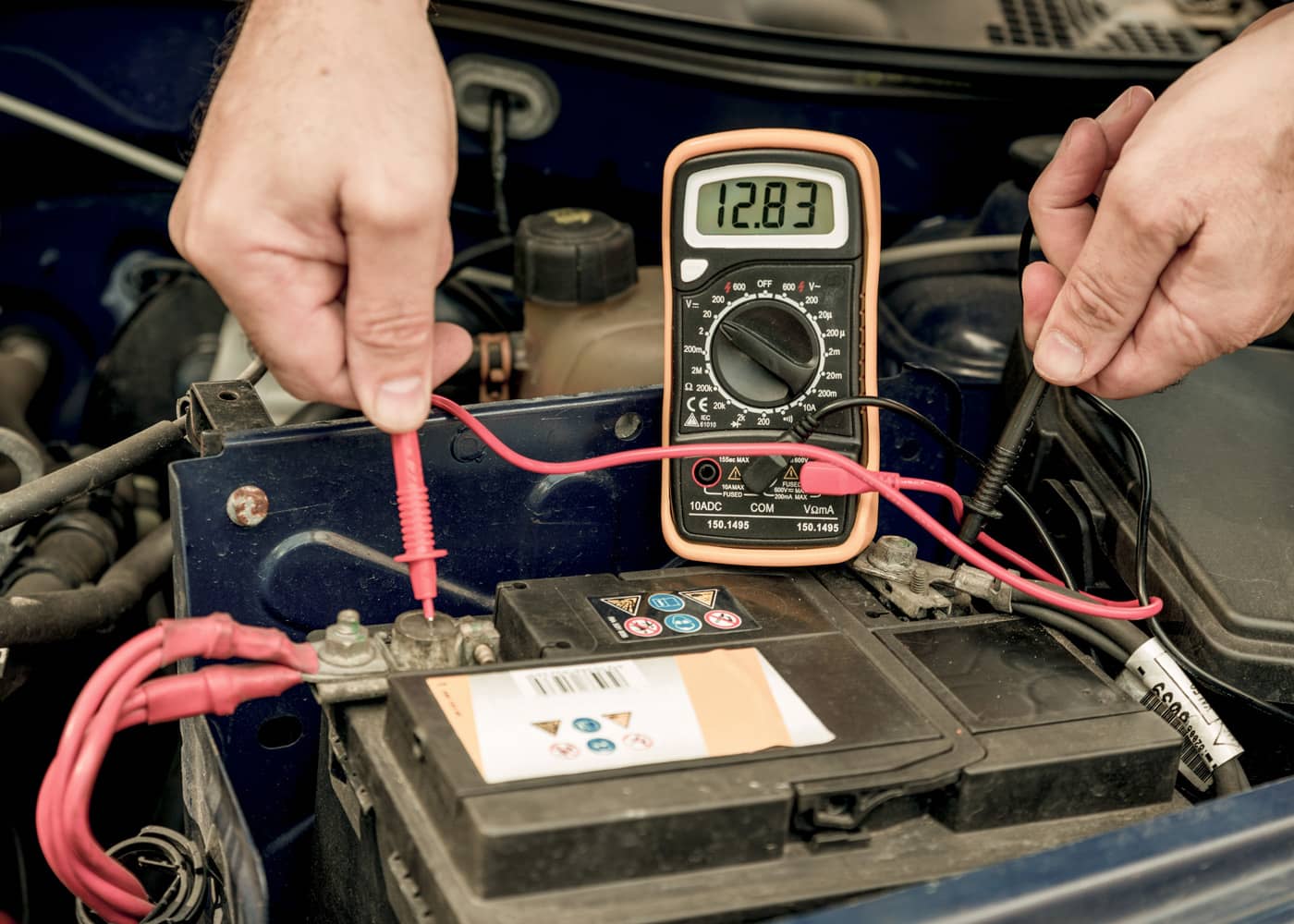
P - WYSIWYG - Alignment Left
When changing tyres
- Don't make mistakes when changing tyres. The tyre must match the weight, speed and size requirements for the model, as defined by the manufacturer. The size is marked on the side of the tyre. It must be replaced by a tyre with the same specifications.
- Each tyre is identified by a European label. In 2021, the label was amended to provide users with information for comparing tyres with one another. The information concerns the rolling resistance which affects fuel consumption, the wet grip and the tyre noise level. Tyre noise is given in decibels. For rolling resistance and wet grip, the label uses a scale from A (very good) to E (bad). It is coloured from green to red for consumption and from dark to light blue for wet grip. The size of the tyre, plus the weight and speed index is also shown, together with logos to show if it's a winter or studded tyre. A QR Code provides access to the European Product Database.


